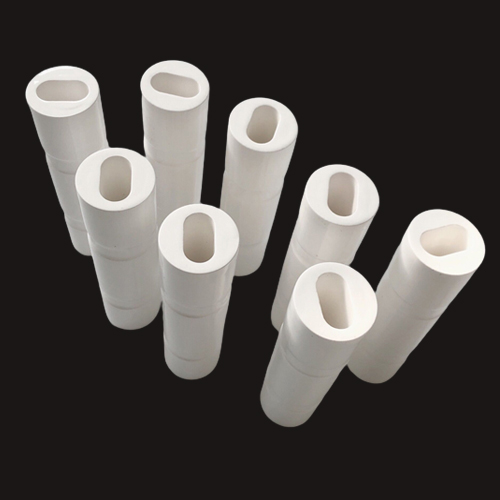
When it comes to the advantages of ceramic pump cavities, various studies and reports have been conducted to meet different requirements for Nd:YAG lasers. Currently, commonly used pump cavities include metal pump cavities, glass pump cavities, and plastic pump cavities. Among them, metal pump cavities are divided into three main shapes: ellipsoidal, cylindrical, and tight-fitting. Glass pump cavities are generally cylindrical, and sometimes ellipsoidal, although they are challenging to process. Plastic pump cavities are often made from tetrafluoroethylene (PTFE) material and can be either ellipsoidal or cylindrical in shape. Each of these pump cavity types has its own advantages and disadvantages.
Metal pump cavities have a long lifespan but are complex to manufacture. Glass pump cavities are typically only cylindrical, require coating layers, are fragile, and are not suitable for outdoor applications. Plastic pump cavities, while having a simple structure, suffer from low pump conversion efficiency and are prone to aging, resulting in a shorter lifespan.
In comparison, ceramic pump cavities offer the following advantages:
Simple structure: Ceramics can be easily shaped according to specific requirements to meet various usage needs.
Uniform pump distribution: They are an ideal material for diffuse reflection cavities, ensuring good pump uniformity.
High pump conversion efficiency: Achieving higher ceramic purity and enamel quality on the inner cavity can lead to improved pump conversion efficiency.
In summary, ceramic pump cavities are a favorable choice due to their simplicity of structure, uniform pump distribution, and potential for high pump conversion efficiency, provided the ceramic material's purity and enamel quality are optimized.

Name: Jake Wang
Mobile:+86 16725261381
Tel:
Whatsapp:+8616725261381
Email:sales@lygglass.com
Add:Pingming Town Resident Industrial Park, Donghai County, Lianyungang City, Jiangsu Province